
Environment
20 Aug 2020
Ancient gene family protects algae from salt and cold in an Antarctic lake
Glycerol protects algae in Antarctica from extreme conditions: Frontiers in Plant Science

Environment
20 Aug 2020
Glycerol protects algae in Antarctica from extreme conditions: Frontiers in Plant Science
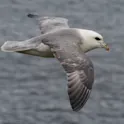
Environment
19 Aug 2020
Plastic waste is toxic for seabirds: Frontiers in Environmental Science

Environment
17 Aug 2020
Climate change worsens effect of eutrophication on coastal ecosystems: Frontiers in Marine Science
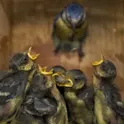
Environment
05 Aug 2020
By Nora Belblidia, science writer Researchers in Spain have examined bird nests in order to understand how flying insects and parasites detect gases as a way to locate their hosts. The study found that nests that had higher concentrations of carbon dioxide attracted more biting midges, a type of insect that carries a common blood parasite that infects local birds. The findings have implications regarding how diseases spread, which will be affected as carbon levels rise due to climate change. Flying insects and parasites are often vectors for disease, but a mosquito needs to first find someone before they can bite them. In a recent study published in Frontiers in Ecology and Evolution, researchers examined bird nests in order to understand how insects and parasites detect gases such as carbon dioxide and methane as a way to locate their hosts. The researchers focused on blue tit bird nest boxes located in a deciduous forest in central Spain. They found that the nests contained more biting midges when concentrations of carbon dioxide were higher inside the nest compared to the forest air. “This is important because biting midges are the main vector of Haemoproteus, the most abundant blood parasite infecting birds […]
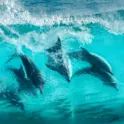
Environment
05 Aug 2020
High levels of anthropogenic toxins found in stranded cetaceans: Frontiers in Marine Science

Environment
14 Feb 2020
Study shows a loss of nearly 40% of wetlands since the 1970s and calls for new legislation for their protection: Frontiers in Earth Science
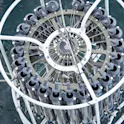
Environment
14 Jan 2020
Casting a genetic net identifies more marine vertebrates than traditional surveys but has limits: Frontiers in Marine Science

Environment
10 Dec 2019
Using near-real-time satellite data could improve emergency management: Frontiers in Environmental Science
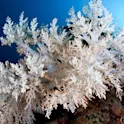
Environment
09 Dec 2019
Only rapid reduction of greenhouse gases will save Gulf of Mexico corals: Frontiers in Marine Science
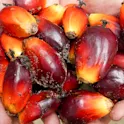
Environment
27 Nov 2019
International team investigates environmentally sustainable palm oil production: Frontiers in Forests and Global Change
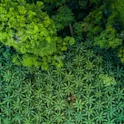
Environment
15 Oct 2019
Oil palm is alternatively seen as a gift from god or a crime against humanity – according to science, it is neither; Frontiers in Forests and Global Change

Environment
27 Aug 2019
Logging in the timber-rich forests of northern Congo is a major driver of the region’s economic development — and its ecological impoverishment; Frontiers in Forests and Global Change
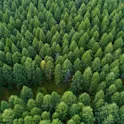
Environment
13 Aug 2019
“Proforestation” has significant potential in the United States; Frontiers in Forests and Global Change
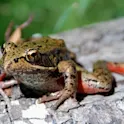
Environment
01 Jul 2019
New Oregon State University research shows that juvenile northern red-legged frogs that have experienced climate-related stress as tadpoles are less likely to move on land, putting their survival at risk; Frontiers in Ecology and Evolution
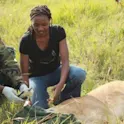
Environment
19 Jun 2019
Endangered African antelope and the lions that prey on them may benefit from certain cattle ranching practices in Kenya; Frontiers in Ecology and Evolution
Get the latest research updates, subscribe to our newsletter